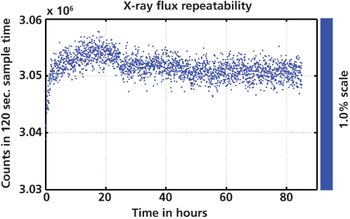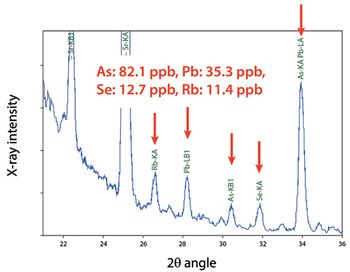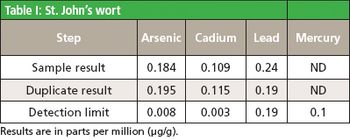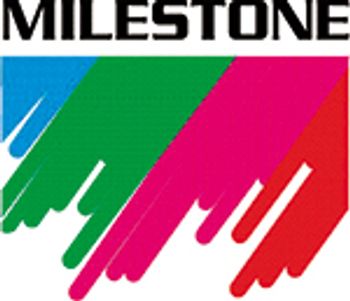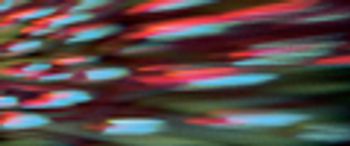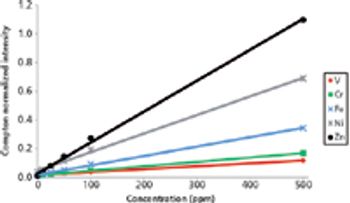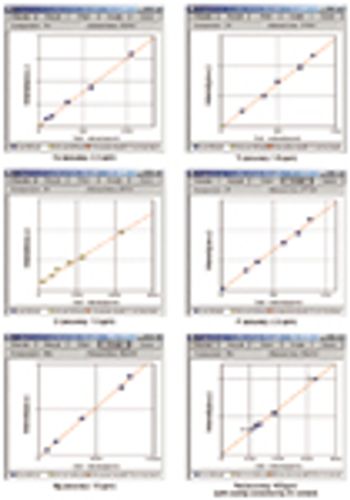
In the agri-food sector it is important to not only study the soil composition and use of fertilizers, but also the uptake of nutrients and potentially toxic elements within the plants and crops themselves. Rigaku Application Note 1350 describes the analysis of agricultural soils and plant materials by EDXRF.




